Subtotal: $280.00
Astepatide | CAS No. 2959444-13-2
Original price was: $32.00.$26.00Current price is: $26.00.
Astepatide is a novel peptide agonist of both the gastric inhibitory peptide (GIP) receptor and the glucagon-like peptide-1 (GLP-1) receptor. It is widely used in metabolic, obesity, and type 2 diabetes research.
Description
Product Description
The search for novel anti-diabetic agents has accelerated in recent years due to the global burden of type 2 diabetes mellitus (T2DM), obesity, and metabolic syndrome. Among the most promising therapeutic strategies are incretin-based therapies, which harness the natural functions of gut-derived hormones to regulate glucose metabolism, appetite, and energy balance.
Astepatide (CAS No. 2959444-13-2) is a synthetic dual agonist peptide that activates both the gastric inhibitory peptide (GIP) receptor and the glucagon-like peptide-1 (GLP-1) receptor. By combining the insulinotropic activity of GIP with the glucose-lowering, appetite-suppressing, and weight-reducing effects of GLP-1, Astepatide represents a powerful research compound for investigating next-generation incretin therapeutics.
The Need for Dual Agonists in Diabetes Research
Conventional GLP-1 agonists (e.g., liraglutide, semaglutide) have shown remarkable clinical benefits but may plateau in efficacy.
GIP alone was once considered less promising, but recent studies demonstrate that dual activation of GIP and GLP-1 receptors synergistically enhances metabolic benefits.
Astepatide exemplifies this dual agonism strategy, providing researchers with a peptide scaffold for exploring the combined incretin effect.
Key Research Areas of Astepatide
Type 2 Diabetes – Enhances glucose-dependent insulin secretion, lowers fasting glucose, and improves HbA1c.
Obesity & Weight Management – Suppresses appetite, increases satiety, and promotes weight reduction.
Metabolic Syndrome – Improves lipid metabolism and reduces systemic inflammation.
Cardiometabolic Research – May confer cardioprotective benefits through glycemic and lipid regulation.
Next-Generation Therapeutics – Provides insights for the development of multi-incretin peptide drugs.
Advantages of Astepatide in Research
Dual incretin signaling: Combines the strengths of GIP and GLP-1 agonism.
Enhanced insulinotropic action: Greater insulin release under hyperglycemic conditions.
Potential cardiovascular benefits: Linked to improved endothelial function and reduced risk markers.
Versatile model application: Suitable for in vitro cell assays, in vivo rodent models, and translational diabetes studies.
Astepatide thus serves as a cutting-edge tool compound for advancing research into diabetes, obesity, and metabolic therapies.
Product Specifications
| Parameter | Details |
|---|---|
| Product Name | Astepatide |
| CAS Number | 2959444-13-2 |
| Molecular Type | Synthetic peptide dual agonist |
| Biological Targets | GIP receptor, GLP-1 receptor |
| Mode of Action | Enhances insulin secretion, reduces appetite, improves glucose tolerance |
| Applications | Type 2 diabetes, obesity, metabolic syndrome research |
| Form | Lyophilized peptide powder |
| Purity | ≥98% (HPLC verified) |
| Solubility | Water, PBS, DMSO |
| Storage Conditions | -20°C, dry, protected from light |
| Stability | ≥12 months under proper storage |
| Packaging | Sterile vials, research grade |
| QC Methods | HPLC, Mass Spectrometry, Functional Bioassays |
Extended Specifications Insights
Dual Receptor Activation: Astepatide binds both GIP and GLP-1 receptors, offering complementary and synergistic metabolic benefits.
Purity & QC: Rigorous validation ensures consistency across experimental studies.
Stability Profile: Maintains long-term reliability for ongoing research projects.
Flexible Solubility: Suitable for aqueous and organic solvents, facilitating diverse experimental protocols.
These attributes make Astepatide a high-value research peptide for the incretin field.
Mechanism of Action
Astepatide functions as a dual incretin receptor agonist, targeting both GIPR and GLP-1R to orchestrate a broad spectrum of metabolic effects.
1. GIP Receptor Activation
Enhances glucose-dependent insulin secretion from pancreatic β-cells.
Improves insulin sensitivity in adipose tissue and skeletal muscle.
Supports lipid metabolism by modulating triglyceride clearance.
2. GLP-1 Receptor Activation
Stimulates insulin release while suppressing glucagon secretion.
Delays gastric emptying, contributing to postprandial glucose control.
Reduces appetite and increases satiety via central nervous system pathways.
3. Synergistic Effects of Dual Agonism
Greater glycemic reduction than GLP-1 agonists alone.
Enhanced weight loss through appetite suppression and energy expenditure.
Improved β-cell preservation due to reduced oxidative stress and apoptosis.
4. Downstream Signaling Pathways
PI3K/Akt Pathway: Promotes insulin sensitivity and glucose uptake.
cAMP/PKA Pathway: Mediates insulinotropic and satiety effects.
AMPK Activation: Enhances fatty acid oxidation and mitochondrial function.
5. Cardiometabolic Implications
Reduces systemic inflammation by lowering TNF-α and IL-6.
Improves vascular function by enhancing nitric oxide bioavailability.
May reduce risk markers for atherosclerosis and cardiovascular disease.
This comprehensive mechanism highlights Astepatide’s role as a multi-faceted metabolic regulator.
Side Effects
Since Astepatide is supplied strictly for research use, clinical safety data are unavailable. However, based on incretin biology and related GLP-1 agonists, potential observations in experimental models may include:
Possible Laboratory Observations
Gastrointestinal effects – Nausea, vomiting, or slowed gastric emptying.
Hypoglycemia – Rare, but possible when combined with insulin or sulfonylureas.
Pancreatic stress – Overstimulation of β-cells in prolonged high-dose models.
Immune responses – Peptide hypersensitivity in certain animal studies.
Weight-related changes – Rapid reductions in body weight may cause secondary physiological stress.
Laboratory Safety Practices
Use under BSL-2 laboratory conditions.
Follow standard peptide handling protocols (PPE, gloves, lab coat).
Not for human or veterinary therapeutic use.
Dispose of unused materials following biosafety regulations.
These considerations ensure safe and controlled application of Astepatide in research environments.
Disclaimer
This product is intended for laboratory research only. Not approved for human or veterinary use.
Keywords
Astepatide, CAS 2959444-13-2, dual GIP GLP-1 agonist, diabetes research peptide, anti-obesity peptide, incretin therapy, metabolic peptide, GLP-1 analog, GIPR agonist.
Shipping Guarantee
Global shipping with customs clearance included.
Duties and taxes fully covered.
Compensation guaranteed for transit loss or damage.
Transaction Guarantee
Secure payment via T/T, PayPal, crypto, and bank transfer. Flexible invoicing available.
Additional information
| Weight | 0.8 kg |
|---|---|
| Dimensions | 56 × 25 × 56 cm |
A synthetic dual agonist of the GIP and GLP-1 receptors for diabetes and metabolic research.
2959444-13-2.
Both GIPR and GLP-1R, making it a dual incretin agonist.
Research in type 2 diabetes, obesity, and metabolic syndrome.
It provides synergistic incretin benefits by combining GIP and GLP-1 effects.
Yes, Astepatide reduces appetite and increases satiety.
At -20°C, dry, and protected from light.
≥98% verified by HPLC and MS.
No, it is for research use only.
Water, PBS, and DMSO.
Yes, it supports triglyceride clearance and fatty acid oxidation.
Handle under BSL-2 conditions with PPE and proper disposal protocols.

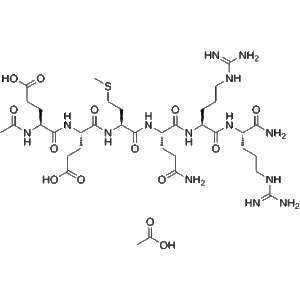 Argireline acetate | CAS No. 2484708-86-1
Argireline acetate | CAS No. 2484708-86-1 

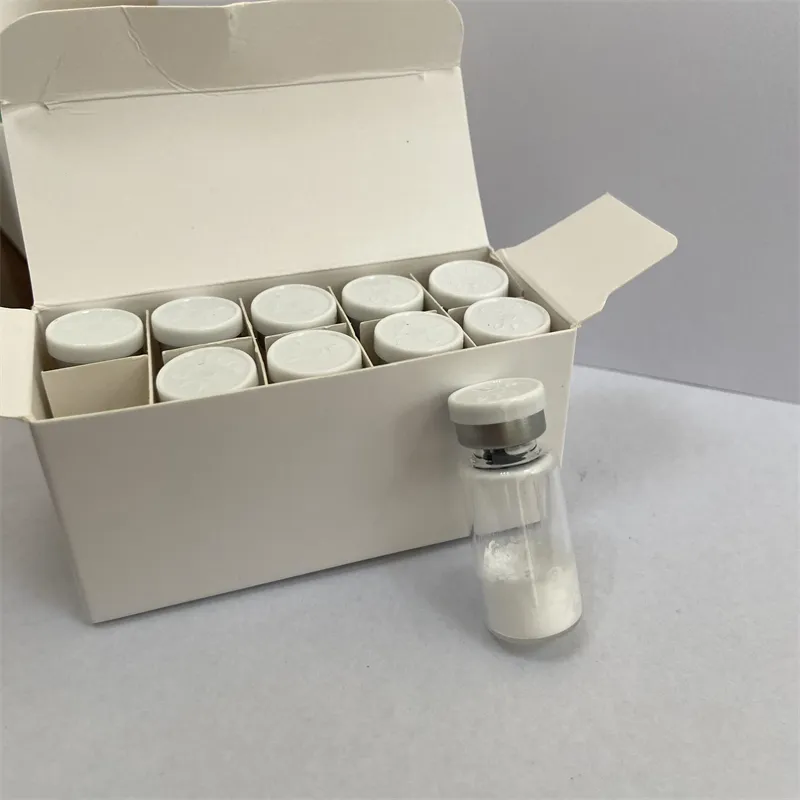

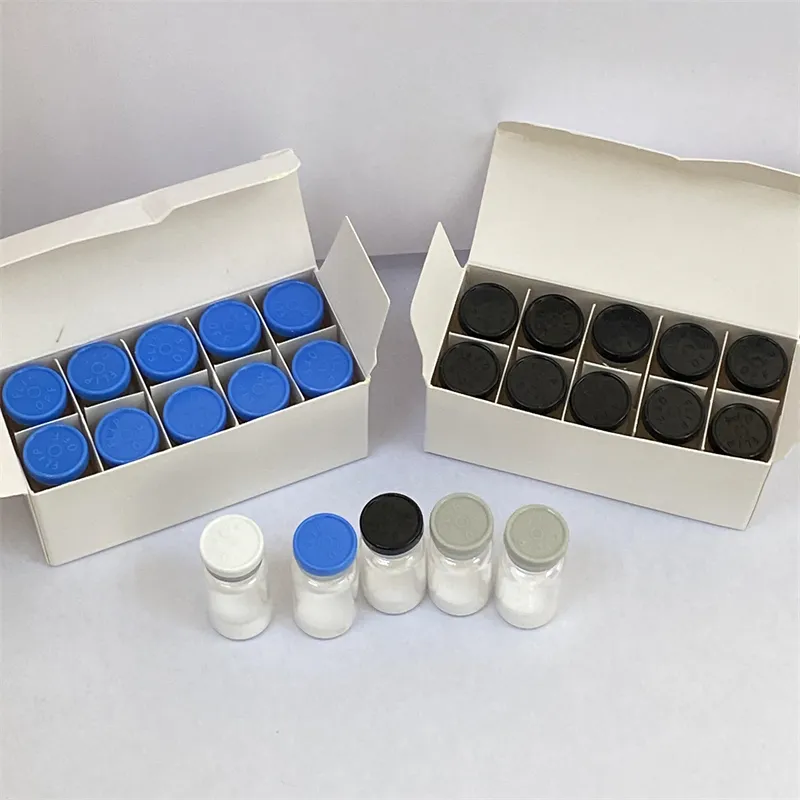


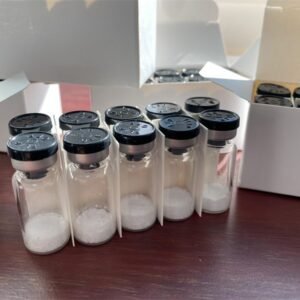
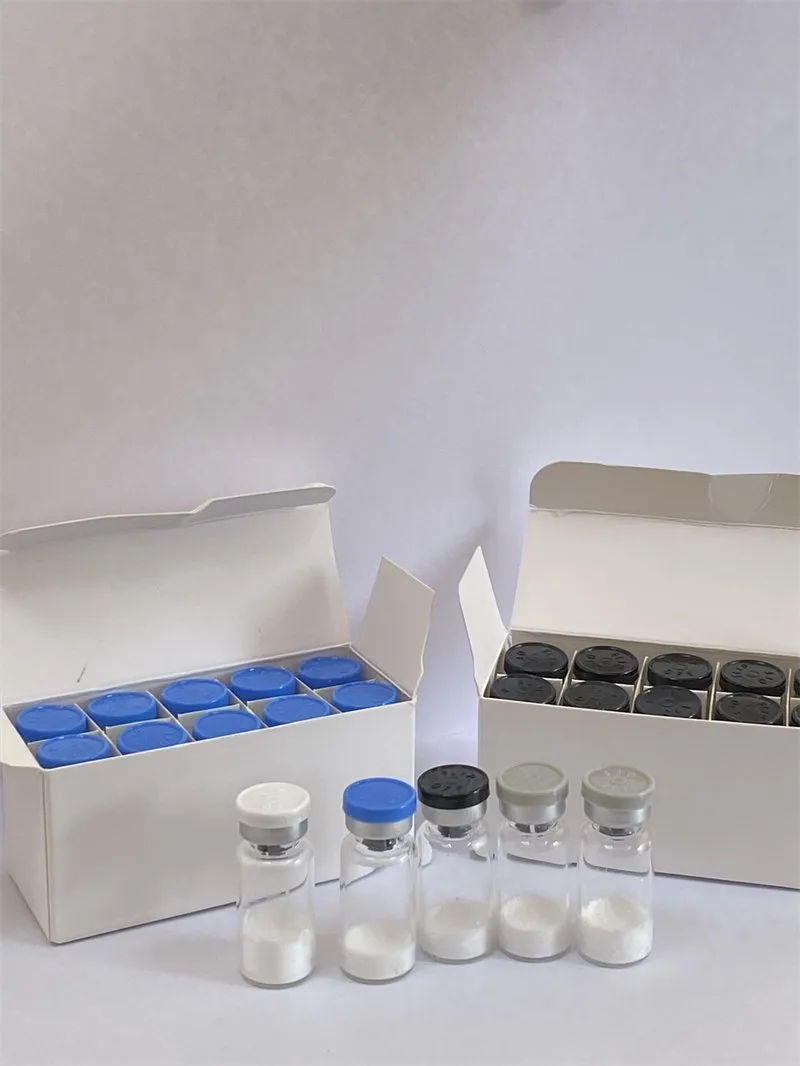
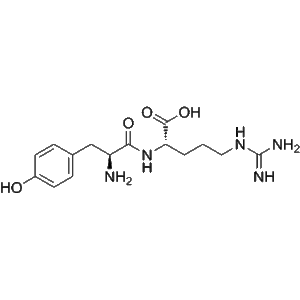
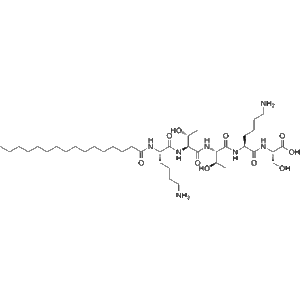
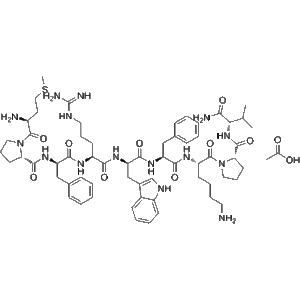
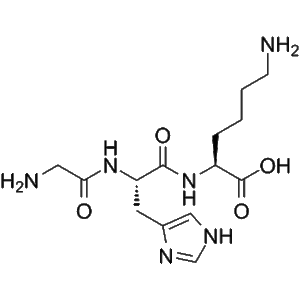
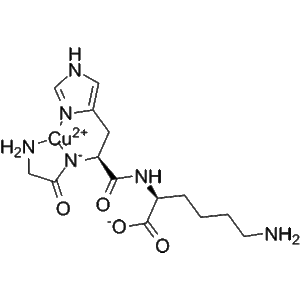
Reviews
There are no reviews yet.